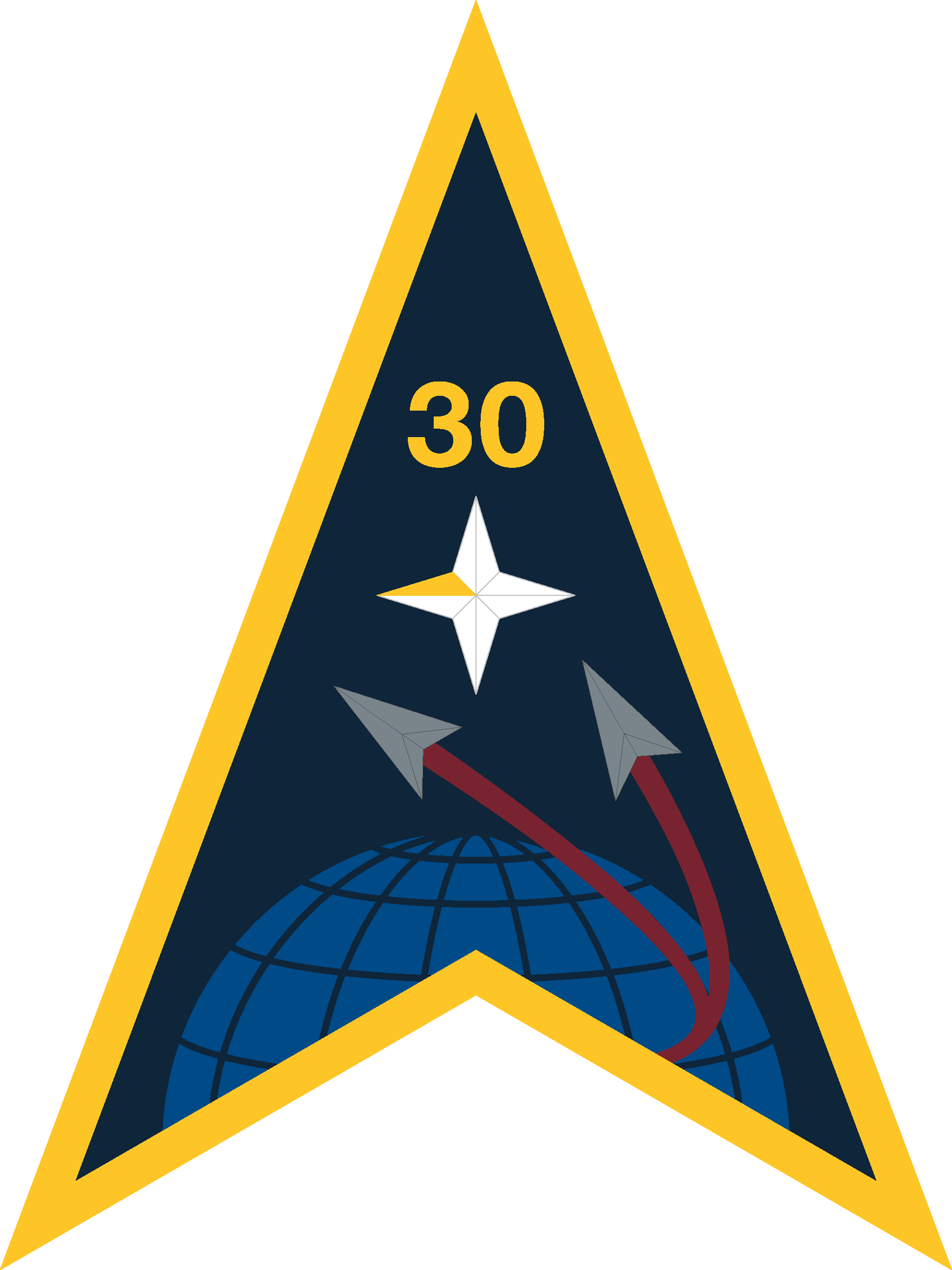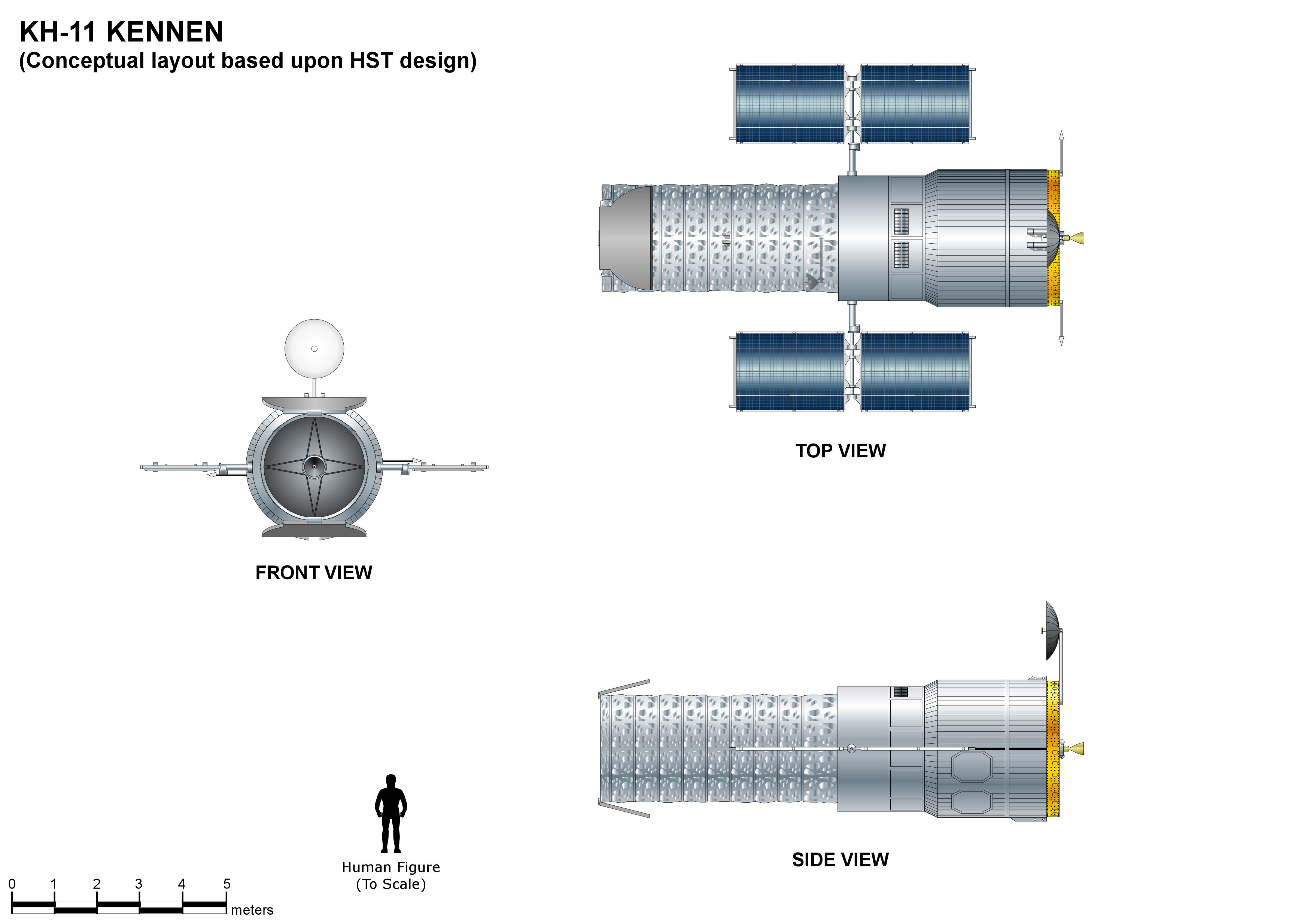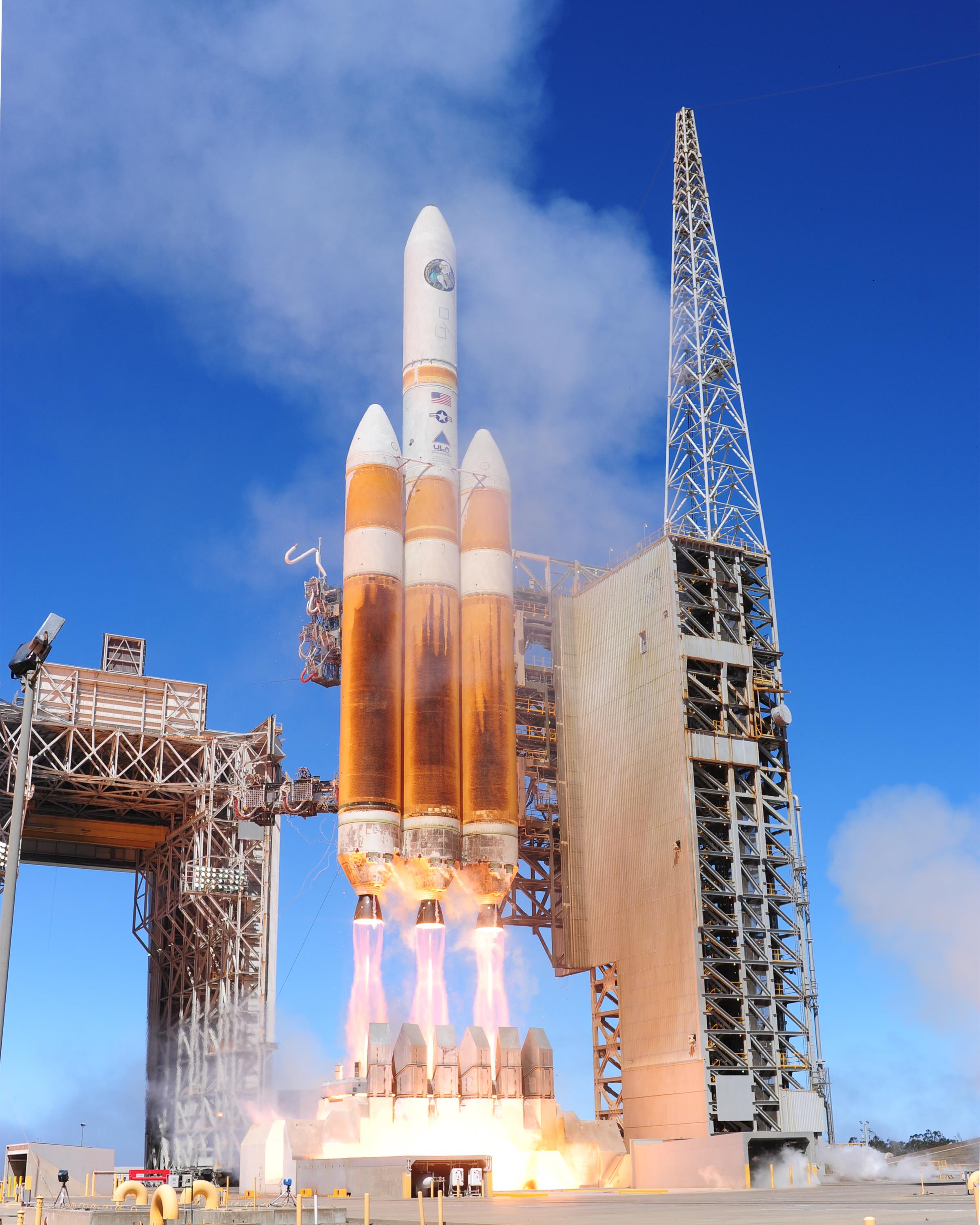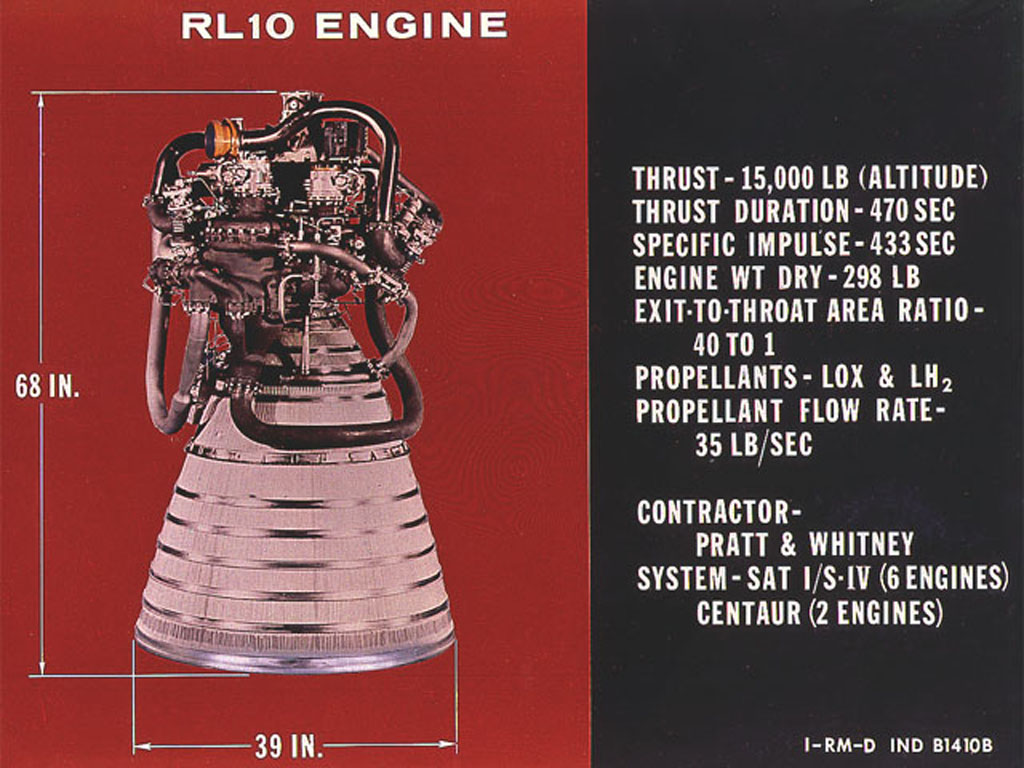|
Delta IV Heavy
The Delta IV Heavy (Delta 9250H) is an expendable heavy-lift launch vehicle, the largest type of the Delta IV family. It is the world's third highest-capacity launch vehicle in operation, behind NASA's Space Launch System and SpaceX's Falcon Heavy and closely followed by CASC's Long March 5. It is manufactured by United Launch Alliance (ULA) and was first launched in 2004. ULA will retire the Delta IV Heavy in 2024. , two flights remain. The Delta IV Heavy consists of a central Common Booster Core (CBC), with two additional CBCs as liquid rocket boosters instead of the GEM-60 solid rocket motors used by the Delta IV Medium+ versions. At lift off, all three cores operate at full thrust, and 44 seconds later the center core throttles down to 55% to conserve fuel until booster separation. The boosters burn out at 242 seconds after launch and are separated as the core booster throttles back up to full thrust. The core burns out 86 seconds later, and the second stage complete ... [...More Info...] [...Related Items...] OR: [Wikipedia] [Google] [Baidu] |
Vandenberg Space Force Base
Vandenberg Space Force Base , previously Vandenberg Air Force Base, is a United States Space Force Base in Santa Barbara County, California. Established in 1941, Vandenberg Space Force Base is a space launch base, launching spacecraft from the Western Range, and also performs missile testing. The United States Space Force's Space Launch Delta 30 serves as the host delta for the base. In addition to its military space launch mission, Vandenberg Space Force Base also performs space launches for civil and commercial space entities, such as NASA and SpaceX. History United States Army Camp Cooke (1941–1953) In 1941, the United States Army embarked on an initiative to acquire lands in the United States to be used to train its infantry and armored forces. These areas needed to be of a varied nature to ensure relevant training. In March 1941, the Army acquired approximately of open ranch lands along the Central Coast of California between Lompoc and Santa Maria. Most of ... [...More Info...] [...Related Items...] OR: [Wikipedia] [Google] [Baidu] |
KH-11 Kennen
The KH-11 KENNEN (later renamed CRYSTAL,p.199-200 then Evolved Enhanced CRYSTAL System, and codenamed 1010 and Key Hole) is a type of reconnaissance satellite first launched by the American National Reconnaissance Office (NRO) in December 1976. Manufactured by Lockheed in Sunnyvale, California, the KH-11 was the first American spy satellite to use electro-optical digital imaging, and so offer real-time optical observations. Later KH-11 satellites have been referred to by outside observers as KH-11B or KH-12, and by the names "Advanced KENNEN", "Improved Crystal" and "Ikon". Official budget documents refer to the latest generation of electro-optical satellites as ''Evolved Enhanced CRYSTAL System''. The Key Hole series was officially discontinued in favor of a random numbering scheme after repeated public references to KH-7 GAMBIT, KH-8 GAMBIT 3, KH-9 HEXAGON, and KH-11 KENNEN satellites. The capabilities of the KH-11 are highly classified, as are images they produce. T ... [...More Info...] [...Related Items...] OR: [Wikipedia] [Google] [Baidu] |
SpaceX
Space Exploration Technologies Corp. (SpaceX) is an American spacecraft manufacturer, launcher, and a satellite communications corporation headquartered in Hawthorne, California. It was founded in 2002 by Elon Musk with the stated goal of reducing space transportation costs to enable the colonization of Mars. The company manufactures the Falcon 9, Falcon Heavy, and Starship launch vehicles, several rocket engines, Cargo Dragon and Crew Dragon spacecraft, and Starlink communications satellites. SpaceX is developing a satellite internet constellation named Starlink to provide commercial internet service. In January 2020, the Starlink constellation became the largest satellite constellation ever launched, and as of December 2022 comprises over 3,300 small satellites in orbit. The company is also developing Starship, a privately funded, fully reusable, super heavy-lift launch system for interplanetary and orbital spaceflight. It is intended to become SpaceX's primary orbi ... [...More Info...] [...Related Items...] OR: [Wikipedia] [Google] [Baidu] |
Space Launch System
The Space Launch System (SLS) is an American super heavy-lift expendable launch vehicle developed by NASA. As of 2022, SLS has the highest payload capacity of any rocket in operational service, as well as the greatest liftoff thrust of any rocket in operation. As the primary launch vehicle of the Artemis moon landing program, SLS is designed to launch the crewed Orion spacecraft on a trans-lunar trajectory. The first uncrewed launch, Artemis 1, took place on 16 November 2022. Development of SLS began in 2011, as a replacement for the retired Space Shuttle as well as the cancelled Ares I and Ares V launch vehicles. As a Shuttle-derived vehicle, the Space Launch System reuses hardware from the Space Shuttle program, including the Space Shuttle Solid Rocket Booster, solid rocket boosters and RS-25, RS-25 first stage engines. An original flight date of late 2016 was delayed by nearly 6 years. The SLS program has Space Launch System#Criticism, attracted criticism for such de ... [...More Info...] [...Related Items...] OR: [Wikipedia] [Google] [Baidu] |
NASA
The National Aeronautics and Space Administration (NASA ) is an independent agency of the US federal government responsible for the civil space program, aeronautics research, and space research. NASA was established in 1958, succeeding the National Advisory Committee for Aeronautics (NACA), to give the U.S. space development effort a distinctly civilian orientation, emphasizing peaceful applications in space science. NASA has since led most American space exploration, including Project Mercury, Project Gemini, the 1968-1972 Apollo Moon landing missions, the Skylab space station, and the Space Shuttle. NASA supports the International Space Station and oversees the development of the Orion spacecraft and the Space Launch System for the crewed lunar Artemis program, Commercial Crew spacecraft, and the planned Lunar Gateway space station. The agency is also responsible for the Launch Services Program, which provides oversight of launch operations and countdown management f ... [...More Info...] [...Related Items...] OR: [Wikipedia] [Google] [Baidu] |
Launch Vehicle
A launch vehicle or carrier rocket is a rocket designed to carry a payload (spacecraft or satellites) from the Earth's surface to outer space. Most launch vehicles operate from a launch pad, launch pads, supported by a missile launch control center, launch control center and systems such as vehicle assembly and fueling. Launch vehicles are engineered with advanced aerodynamics and technologies, which contribute to large operating costs. An orbital spaceflight, orbital launch vehicle must lift its payload at least to the boundary of space, approximately and accelerate it to a horizontal velocity of at least . Suborbital spaceflight, Suborbital vehicles launch their payloads to lower velocity or are launched at elevation angles greater than horizontal. Practical orbital launch vehicles are multistage rockets which use chemical propellants such as Solid-propellant rocket, solid fuel, liquid hydrogen, kerosene, liquid oxygen, or Hypergolic propellants. Launch vehicles are cla ... [...More Info...] [...Related Items...] OR: [Wikipedia] [Google] [Baidu] |
Evolved Expendable Launch Vehicle
National Security Space Launch (NSSL) — formerly Evolved Expendable Launch Vehicle (EELV) from 1994 to 2019 — is a program of the United States Space Force (USSF) intended to assure access to space for United States Department of Defense and other United States government payloads. The program is managed by the Space Force's Space Systems Command (SSC), specifically the Assured Access to Space Directorate (SSC/AA), in partnership with the National Reconnaissance Office. Started in 1994 as the Evolved Expendable Launch Vehicle launch system program, the initial program goal was to make government space launches more affordable and reliable, leading to the development of the Boeing Delta IV and Lockheed Martin Atlas V EELV families. As of 2019, these launch vehicles were the primary methods for launching U.S. military satellites, along with the Falcon 9 developed by SpaceX. On 1 March 2019, the program name was changed from EELV to National Security Space Launch (NSSL) to bette ... [...More Info...] [...Related Items...] OR: [Wikipedia] [Google] [Baidu] |
RL10
The RL10 is a liquid-fuel cryogenic rocket engine built in the United States by Aerojet Rocketdyne that burns cryogenic liquid hydrogen and liquid oxygen propellants. Modern versions produce up to of thrust per engine in vacuum. Three RL10 versions are in production for the Centaur upper stage of the Atlas V and the DCSS of the Delta IV. Three more versions are in development for the Exploration Upper Stage of the Space Launch System and the Centaur V of the Vulcan rocket. The expander cycle that the engine uses drives the turbopump with waste heat absorbed by the engine combustion chamber, throat, and nozzle. This, combined with the hydrogen fuel, leads to very high specific impulses (''I''sp) in the range of in a vacuum. Mass ranges from depending on the version of the engine. History The RL10 was the first liquid hydrogen rocket engine to be built in the United States, with development of the engine by Marshall Space Flight Center and Pratt & Whitney beginning in the 1 ... [...More Info...] [...Related Items...] OR: [Wikipedia] [Google] [Baidu] |
Delta Cryogenic Second Stage
The Delta Cryogenic Second Stage (DCSS) is a family of cryogenic rocket stages used on the Delta III and Delta IV rockets, and on the Space Launch System Block 1. The stage consists of a cylindrical liquid hydrogen (LH2) tank structurally separated from an oblate spheroid liquid oxygen (LOX) tank. The LH2 tank cylinder carries payload launch loads, while the LOX tank and engine are suspended below within the rocket's inter-stage. The stage is powered by a single Aerojet Rocketdyne-Pratt & Whitney RL10B-2 engine, which features an extendable carbon-carbon nozzle to improve specific impulse. Delta III The DCSS first flew on 3 Delta IIIs, failing two out of two times. A booster failed on the maiden flight and the rocket was destroyed by range safety, causing the loss of the DCSS before ignition. On its second flight, the stage tumbled uncontrollably, inserting the payload into a useless orbit. On the third flight, the stage performed the planned burn but fell short of the target or ... [...More Info...] [...Related Items...] OR: [Wikipedia] [Google] [Baidu] |
Vacuum
A vacuum is a space devoid of matter. The word is derived from the Latin adjective ''vacuus'' for "vacant" or "void". An approximation to such vacuum is a region with a gaseous pressure much less than atmospheric pressure. Physicists often discuss ideal test results that would occur in a ''perfect'' vacuum, which they sometimes simply call "vacuum" or free space, and use the term partial vacuum to refer to an actual imperfect vacuum as one might have in a laboratory or in space. In engineering and applied physics on the other hand, vacuum refers to any space in which the pressure is considerably lower than atmospheric pressure. The Latin term ''in vacuo'' is used to describe an object that is surrounded by a vacuum. The ''quality'' of a partial vacuum refers to how closely it approaches a perfect vacuum. Other things equal, lower gas pressure means higher-quality vacuum. For example, a typical vacuum cleaner produces enough suction to reduce air pressure by around 20%. But hig ... [...More Info...] [...Related Items...] OR: [Wikipedia] [Google] [Baidu] |
Sea Level
Mean sea level (MSL, often shortened to sea level) is an average surface level of one or more among Earth's coastal bodies of water from which heights such as elevation may be measured. The global MSL is a type of vertical datuma standardised geodetic datumthat is used, for example, as a chart datum in cartography and marine navigation, or, in aviation, as the standard sea level at which atmospheric pressure is measured to calibrate altitude and, consequently, aircraft flight levels. A common and relatively straightforward mean sea-level standard is instead the midpoint between a mean low and mean high tide at a particular location. Sea levels can be affected by many factors and are known to have varied greatly over geological time scales. Current sea level rise is mainly caused by human-induced climate change. When temperatures rise, Glacier, mountain glaciers and the Ice sheet, polar ice caps melt, increasing the amount of water in water bodies. Because most of human settlem ... [...More Info...] [...Related Items...] OR: [Wikipedia] [Google] [Baidu] |
RS-68A
The Aerojet Rocketdyne RS-68 (Rocket System 68) is a liquid-fuel rocket engine that uses liquid hydrogen (LH2) and liquid oxygen (LOX) as propellants in a Gas-generator cycle (rocket), gas-generator power cycle. It is the largest hydrogen-fueled rocket engine ever flown. Its development started in the 1990s with the goal of producing a simpler, less-costly, heavy-lift engine for the Delta IV launch system. Two versions of the engine have been produced: the original RS-68 and the improved RS-68A. A third version, the RS-68B, was planned for the National Aeronautics and Space Administration's (NASA) Ares V rocket before cancellation of the rocket and the Constellation Program altogether. Design and development One of the main goals of the RS-68 program was to produce a simple engine that would be cost-effective when used for a single launch. To achieve this, the RS-68 has 80% fewer parts than the multi-launch RS-25, Space Shuttle Main Engine (SSME). [...More Info...] [...Related Items...] OR: [Wikipedia] [Google] [Baidu] |
.jpg)








